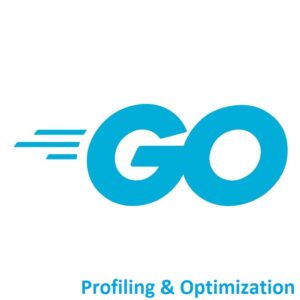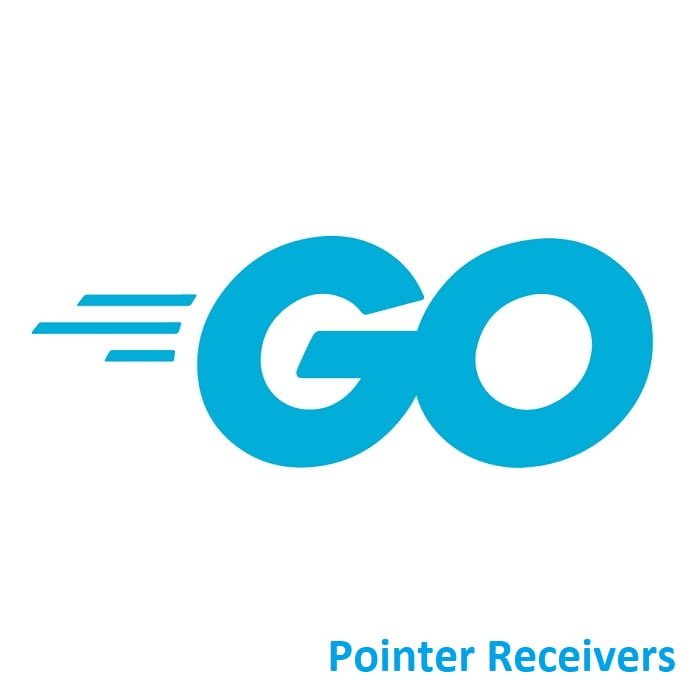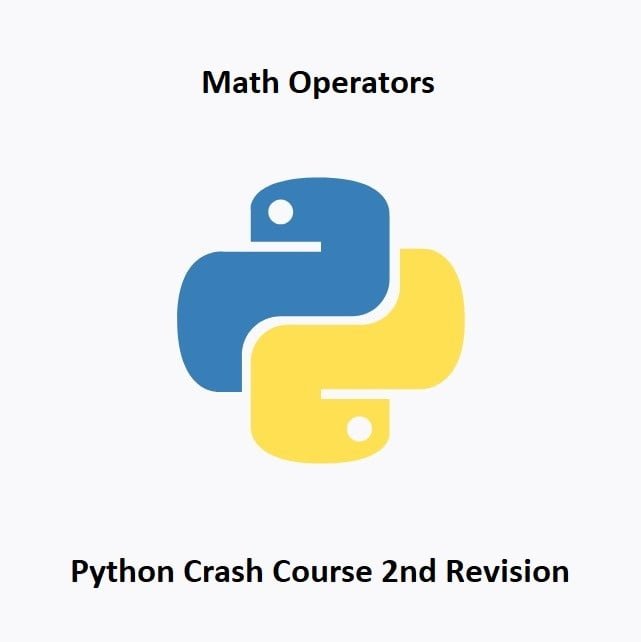
Enhancing Performance!
Welcome to the world of Golang! Profiling and optimization are critical for maximizing the efficiency and performance of Golang applications. This guide explores the processes of profiling to identify bottlenecks and implementing optimization strategies to enhance code performance in Golang projects.
Profiling in Go
Profiling is the process of measuring the performance of your Go application to identify bottlenecks and areas for improvement. Go provides built-in support for profiling via its net/http/pprof package and the go tool pprof command-line tool.
Here’s a basic overview of how to use profiling in Go:
Import the net/http/pprof Package:
import _ "net/http/pprof"
Expose Profiling Endpoints
You need to add routes for the profiling endpoints in your HTTP server. For example:
go func() {
log.Println(http.ListenAndServe("localhost:6060", nil))
}()
This starts a web server that serves profiling data on localhost:6060.
Instrument Your Code
You can instrument your code with pprof functions like pprof.StartCPUProfile and pprof.StopCPUProfile to profile specific sections of your code.
import "net/http/pprof" // Start CPU profiling pprof.StartCPUProfile(w) // ... code to profile ... // Stop CPU profiling pprof.StopCPUProfile()
Use the go tool pprof Command-line Tool
To analyze the collected profiling data, you can use the go tool pprof command-line tool. For example, to analyze CPU profiling data:
go tool pprof http://localhost:6060/debug/pprof/profile
This will open an interactive shell where you can explore the CPU profile.
Optimization in Go
Optimizing Go code involves improving its performance and resource usage. Here are some general optimization techniques:
Benchmarking
Use the Go testing framework to create benchmarks for your code (*_test.go files). Benchmark your critical code paths to measure their performance and track improvements over time.
Profiling
As mentioned earlier, use profiling to identify performance bottlenecks. Profiling helps you pinpoint which parts of your code consume the most CPU or memory.
Avoid Unnecessary Allocations
Go has a garbage collector, and excessive memory allocations can impact performance. Reuse objects when possible and avoid creating unnecessary objects.
Use Goroutines and Channels
Leveraging goroutines and channels for concurrency can help improve performance in many scenarios, especially for I/O-bound tasks. Be mindful of synchronization and race conditions.
Optimize Data Structures and Algorithms
Choose the right data structures and algorithms for your specific use case. The Go standard library provides efficient implementations of many common data structures.
Profile Your Code with Production-like Data
Profiling your code with realistic data and workloads can reveal performance issues that may not be apparent during testing.
Compiler Optimizations
Go’s compiler (gc) performs various optimizations automatically. However, you can influence optimization levels using build tags like -gcflags.
Use the Standard Library
Whenever possible, rely on the standard library. It’s well-tested and optimized for performance.
Use Third-party Packages Carefully
When using external libraries, consider their performance characteristics and whether they align with your needs.
Monitor and Iterate
Regularly monitor your application’s performance in production and make iterative improvements based on real-world data and user feedback.
Conclusion
Optimization should be data driven. Focus on the parts of your code that matter most for performance and make informed decisions based on profiling results. Profiling tools and benchmarks are your allies in this process. By mastering profiling techniques, interpreting profiling data, and implementing effective optimization strategies, developers can significantly enhance the efficiency of their code.
That’s All Folks!
You can find all of our Golang guides here: A Comprehensive Guide to Golang





